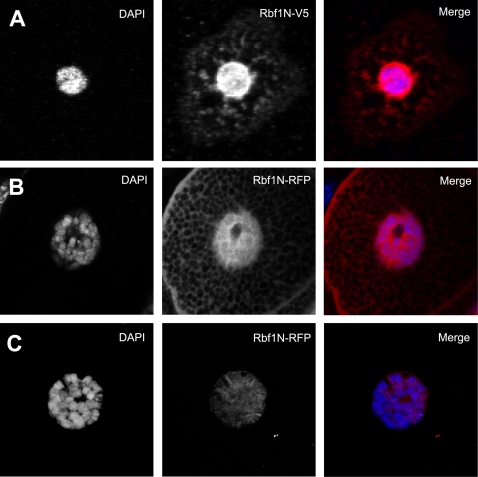Figure 2. The Rbf1 amino-terminal domain, Rbf1N, is sufficient for nuclear localization and chromatin association.
(A) S2 cells were transfected with a copper inducible construct containing Rbf1N (Rbf1 amino acids 1–345) tagged with a V5 epitope. Immunofluorescence using V5 antibodies shows Rbf1N is mostly nuclear with small amounts cytoplasmic localization. To observe the localization of Rbf1N in vivo, transgenic flies containing UAS>Rbf1N-RFP were crossed to flies bearing a GAL4 transgene that expressed specifically in salivary glands. (B) Rbf1N-RFP localizes to the nucleus in salivary gland cells. RFP fluorescence is brightly seen throughout the nucleus and cytoplasm, and it appears to also associate with cytoplasmic structures and the plasma membrane. (C) To remove unbound Rbf1N-RFP, salivary glands were incubated in chromatin wash buffer, revealing that Rbf1N-RFP associates with chromatin and localizes in a striped pattern along polytene chromosomes.

